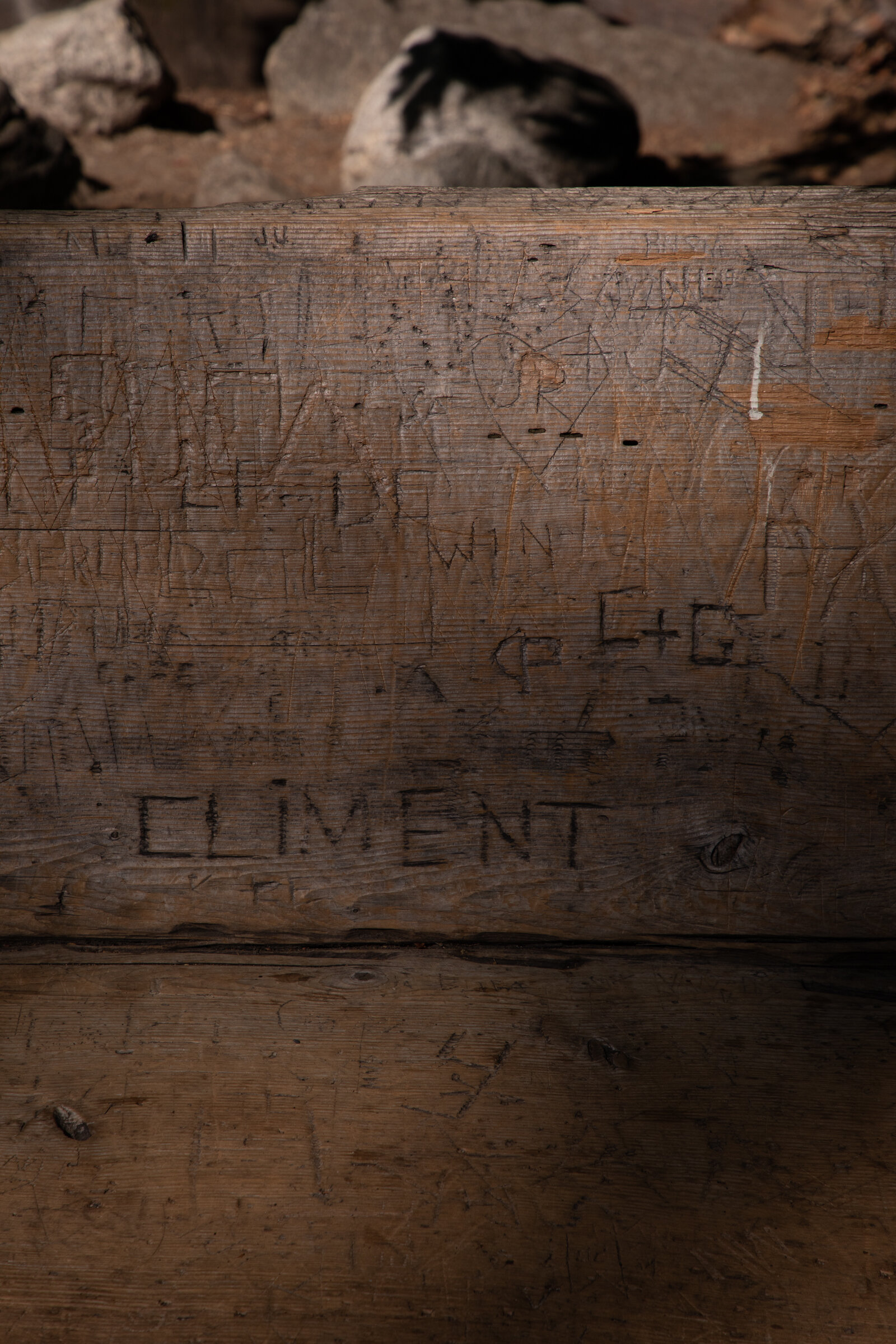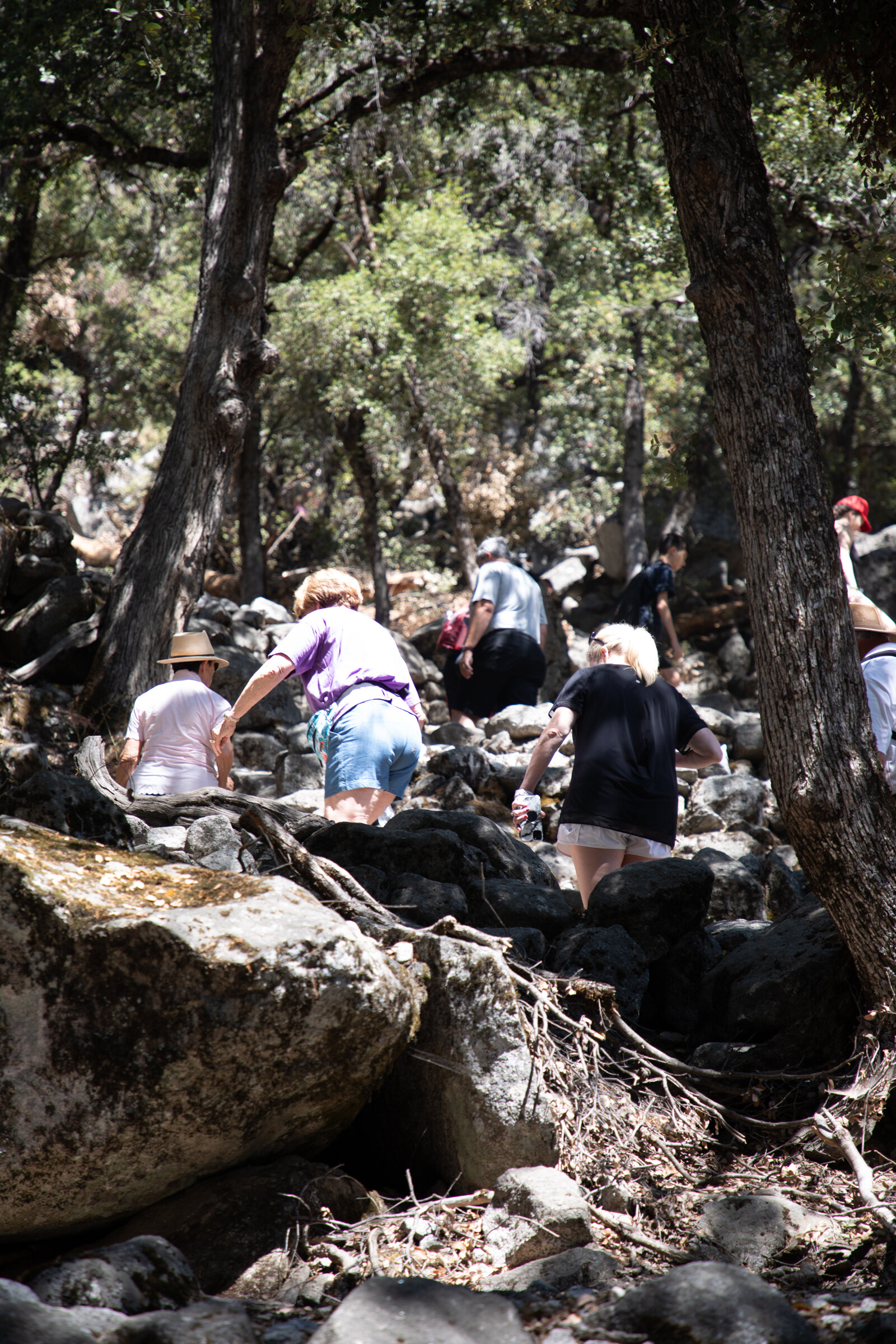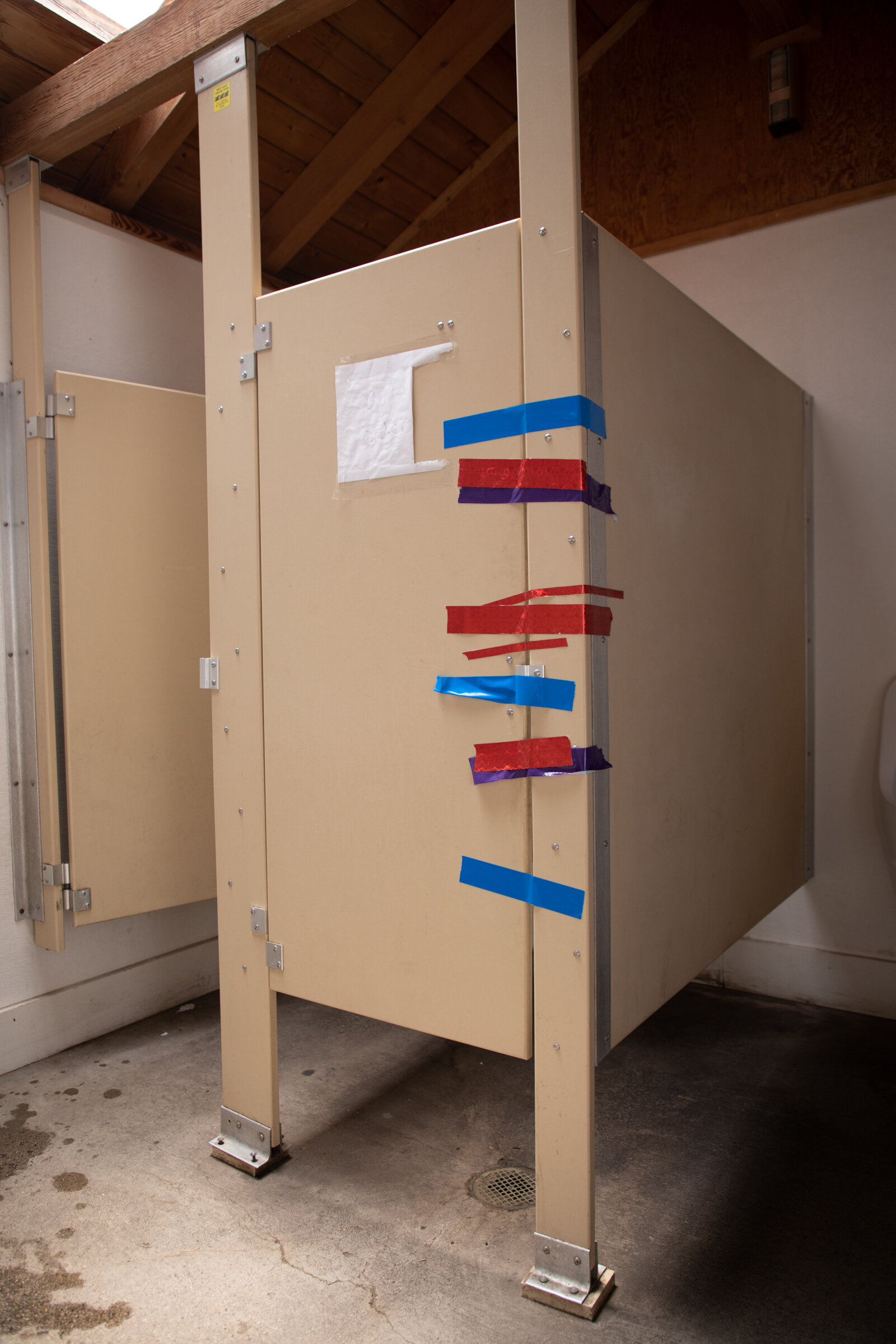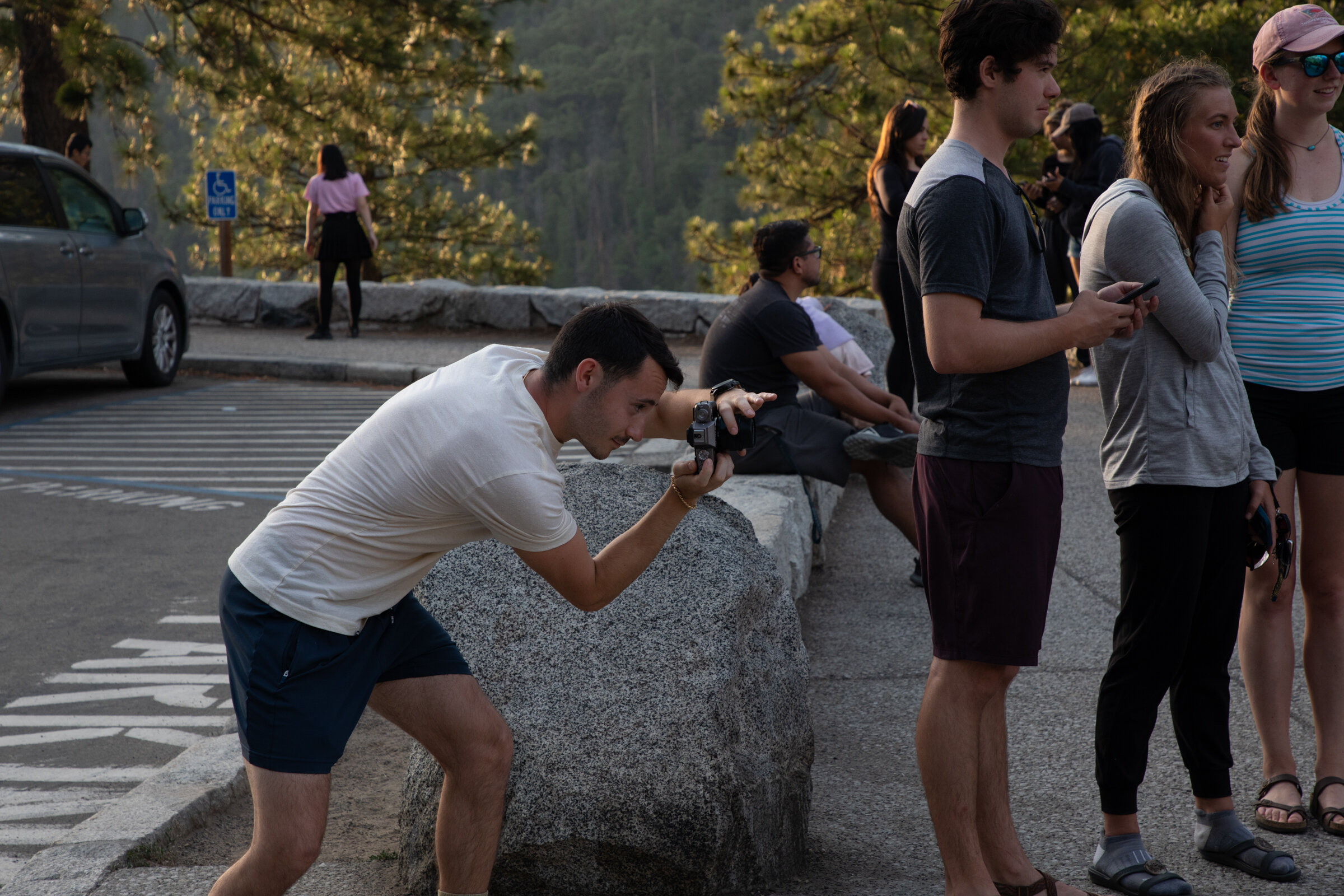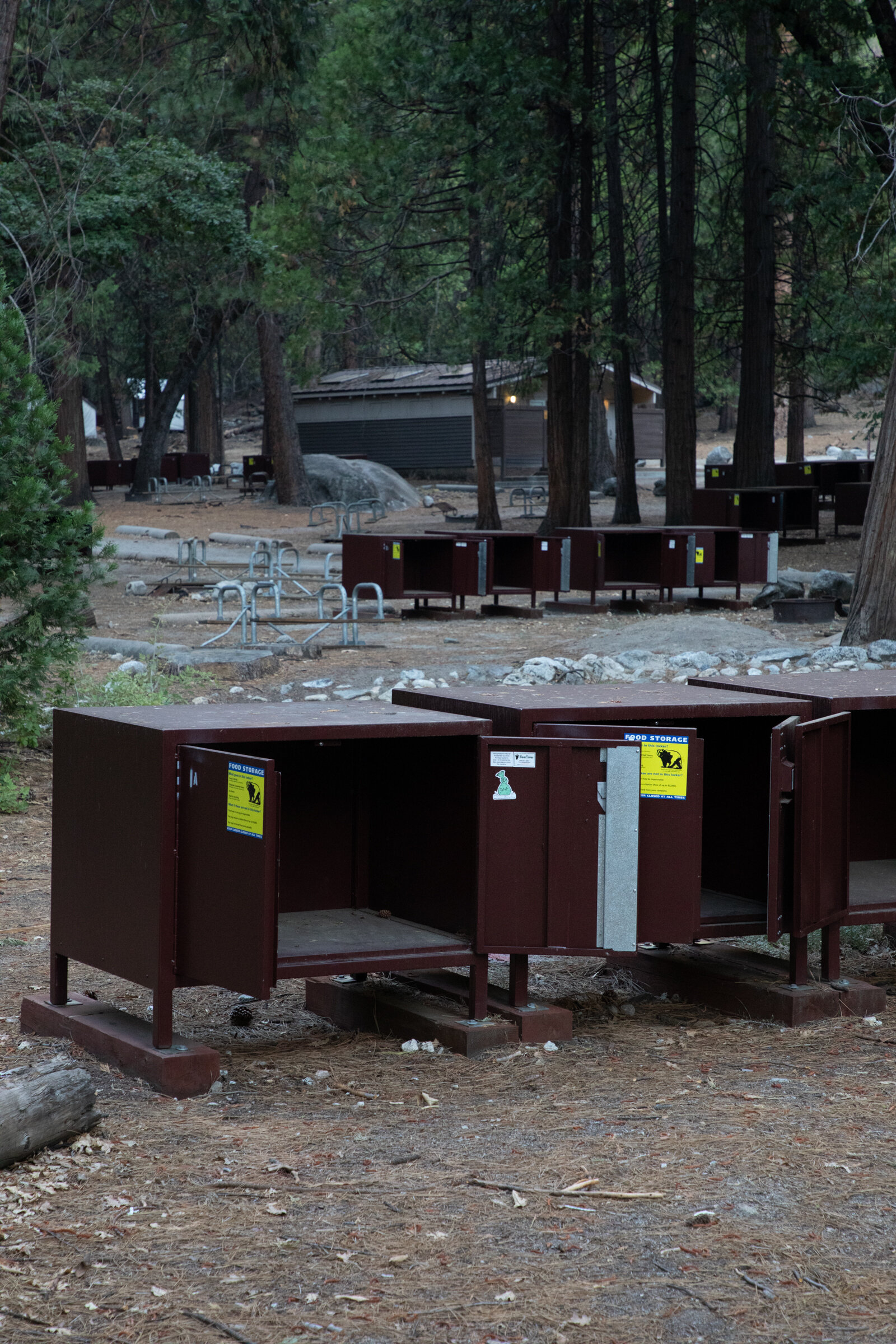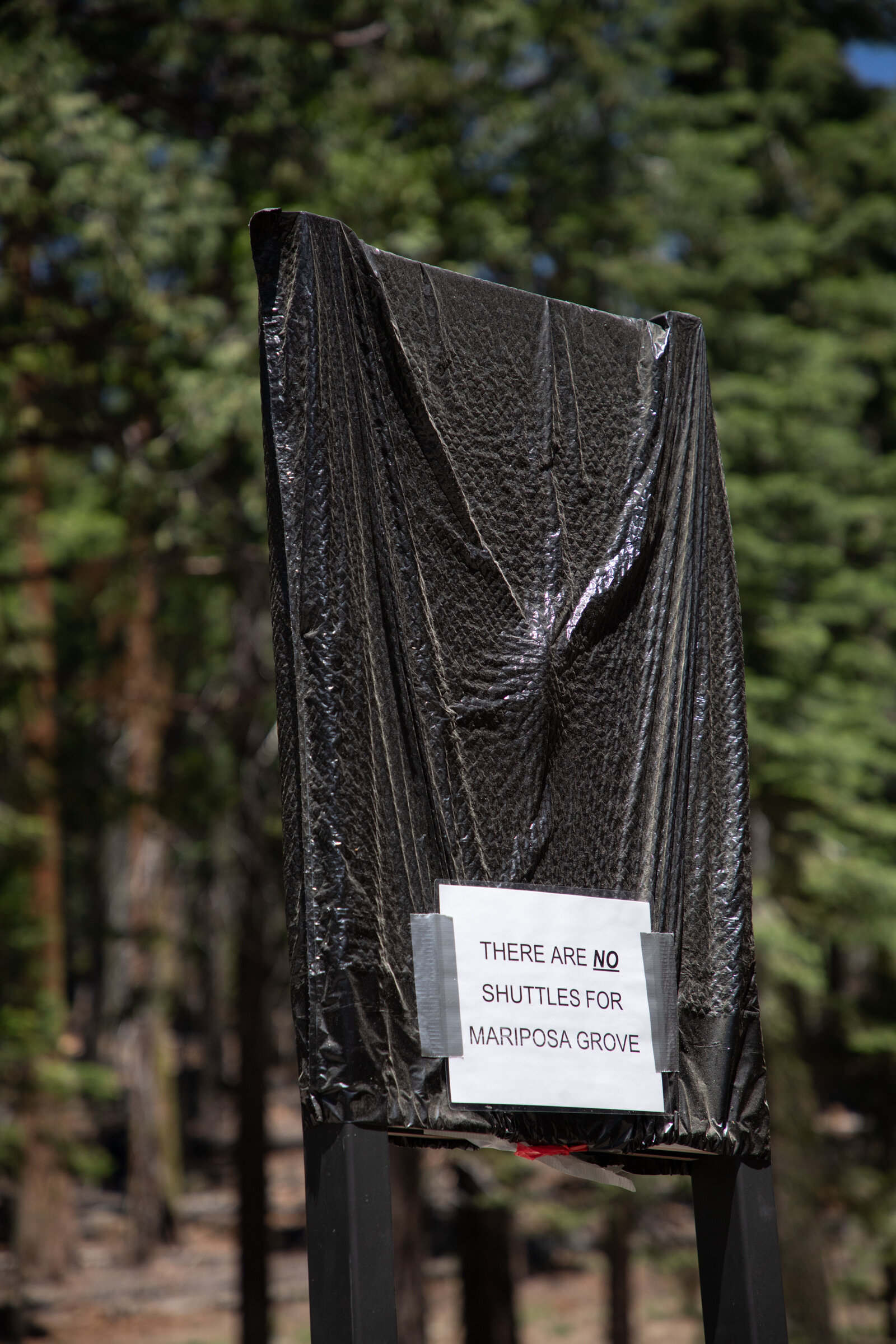Ordinary Photos in an Extraordinary Place
What can be said about Yosemite that hasn’t already been said? What can be photographed that hasn’t already been photographed? Yosemite is the Mecca of landscape photography, the place where the Prophet of landscape photography, Ansel Adams, came to receive inspiration for his sacred texts.
Okay, I will admit that’s an overly dramatic way of starting. But I have a hard time grasping at what words are worth starting a post like this. Can I tell you anything about Yosemite that’s new? Can I show you anything you can’t see somewhere else? I’m not entirely sure that I can.
You can go to Flickr and search Yosemite with a sorting filter of “interestingness”, or just click this link. You’ll see plenty of photos that are better than the ones you’ll see in this post. If you are after so-called “earth-porn”, you’ll find plenty there. I once read a good definition of porn which encompasses the phenomenon of the “SFW Porn Network” (pretty photos of non-sexual things). The definition was stimulation without complication of specificity or any obligation to a thing. So, we get visual pleasure without having to engage with the reality of a thing.
I can’t promise any more elevating experience from my photographs, let alone my writing, unfortunately. But to start a post like this in such a way can (I hope) begin to untangle the relationship between the expectations of commodified experiences (including photography) and the is-ness of the world.
What do I mean by that?
I’ll state the matter plainly, aside from photos of my family (which I won’t be sharing here), I don’t think I took one essential photograph in Yosemite when I visited the valley this summer. I took competent photographs. I took some photographs from angles and locations that I don’t see when scrolling through the photos sorted by “interesting” on Flickr. I took photos which would have delighted my 17-year-old self when I was trying to make the photos that Ansel Adams made. But what I didn’t make are any photos which stand over and against the crowd and speak something new about the experience of Yosemite National Park.
Of course, insofar as any new photograph is a new thing which has never been made before, this isn’t quite true, but I think the gist of it is true.
I’ll indulge myself a bit; I think this is the best photograph I took while in the valley. It’s an angle I haven’t seen Ansel Adams photograph, it’s an angle I can’t find leafing through Flickr. It’s got a strong foreground element, gives a sense of human scale while also maintaining a distant background, it’s got great contrast, good separation of all the elements, a range of values from very dark to very light, and that’s about all it has. If I were a cynic (which I’m not), I would say that all this photograph presents is saccharine beauty. But that’s not true- Yosemite Valley is Beautiful. I was walking around in awe of the glory of the place the whole time I was there. It was refreshing. It was worth the trip. These photos will not transport the viewer to that experience, however.
I used to think that making photos like the ones you see above were better than making the postcard landscape views. For as long as I am visiting touristy destinations, I will probably continue to make these photos. But I think they have an effect like this haiku:
there are many folks
in the world who want to see
all the pretty things
I’m not a poet, and I don’t think that poem has penetrated much depth. Nor do I think that those photographs above penetrate much depth. But the truth is that both poetry and photography have the capacity to penetrate into depth and give you real knowledge about the world. The articulation into syntactically precise sentences, explained in five-paragraph essay format may be corrosive to the image or the poem’s ability to do this… the image is able to say something that words are not able to. If you try to grab a column of smoke, it dissipates. An image, a painting, a poem will function best when it suggests something beyond itself, when you understand the joke without needing it explained. The jokes I showed you above are on the nose, maybe even a bit mean.
What does this image tell you?
Waterfalls are beautiful
And so they are! But is that all it says?
The most beautiful landscape images you’ll see can only point to the beauty of nature itself, and what does beauty in nature communicate? I have beliefs, convictions, and you may have your own. Yet, I’m skeptical that to photograph in the style of Ansel Adams, to investigate that “pure” beauty of nature will reveal anything deeper than what is evident by viewing and experiencing nature itself. I believe that it actually reveals far less than being there.
I used to think that if I went deeper into the woods, I would make better pictures. I believed that going to deeper and more remote locations would imbue the images with a mystery of remoteness; I believed that there was some way to telegraph the mysterious other-ness that nature reveals.
Living in a city as I have for almost eight years, it’s easy to forget how there nature is. Even in the complicated, 360° packaged and preserved experience of Yosemite Valley National Park, filtered through more than a century of expectation of leisure and contact with Nature, you really do contact Nature in a way that can floor and astound you. The experience of being in such a staggeringly beautiful place reminds you that there are things that are not manmade. So, what made them? It’s impossible to avoid pondering those questions in such a place.
This is a competent postcard photograph. Yosemite Valley is a staggeringly beautiful place— the way the sun moves over the valley with the massive trees and rock walls makes the entire valley a rapidly shifting cauldron of light. I can see why someone could spend a lifetime photographing there. The collision of light and nature produces a stunning, unique experience every day, even every hour.
This was the view over a lake near the east entrance of Yosemite. It was a lonely little corner of the designated National Park. You literally walk around the ranger station to access the trail head, and this view was about a ten minute walk from the trailhead.
Getting there by driving through Tuolumne Meadows and the quieter eastern part of the park, I was struck by how remote the experience was compared to the relatively crowded park. At the edge of the park, you can hike deeper into the wilderness, where you are miles from any lonely road. Or you can step over the arbitrary boundary between the National Park and other land. It will still be remote, it just won’t be legally protected in the same way.
It’s easy to understand the compulsion of those that seek out solitude in nature. It’s easy to stand in front of such a view and feel quite insignificant, small, and even a bit powerless. Awe can be the only description. So far as photography is an action which attempts to master and control something, photography will always fail in front of such a view. You cannot freeze or encapsulate that moment. All the views of such a place will only be a pale shadow of such an experience of being there. But, being there, you almost can’t help but think that nature itself is something like the same thing as photography. It must testify about something, the experience of nature (unmediated by human representation or development) has to be in reference to something, yet nature does not speak on its own behalf.
Day in, day out, Yosemite Valley is just there. I tried to take some photos of it, and these photos are the best I could do at the time. It was an amazing experience, and I’ve tried to make photos and words which get towards something. I’m not trying to convey or distill or freeze that experience, but I hope that these words can convey something of the content even in a different form.




